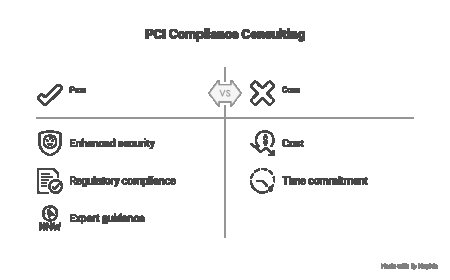Complete Guide to Software Testing: Types, Techniques & Tools
Explore software testing essentials: types (unit, integration, system), techniques (manual, automation), and tools like Selenium, JUnit, and TestNG.

Software testing is the action of assessing a software application or system to determine its correctness, bugs, or discrepancies. It implies the running of the software with the aim of detecting the defects and making sure that the software complies with the specified requirements and standards. Testing either of the software can be done at the manual or automated level.
Defect detection: Software testing also helps in detecting errors and defects in the software, and these errors are rectified even before the software is released.
Quality assurance: Software testing provides quality assurance since the software undergoes quality testing to ascertain the level of quality and performance.
Risk minimisation: Software testing aids in minimizing the risks of software failure, which may be quite costly, both psychologically and financially, as well as in terms of customer appeal.
Types of Software Testing
Software testing can be conducted in a number of ways and has varying objectives. Among the most widespread ways of software testing are as follows:
Unit testing: Unit testing refers to testing of smaller sections of code, i.e., functions or methods, to make sure they perform as desired.
Integration testing: Integration testing is the practice of testing the interactions between various units of code to know whether they can work together without causing any issues.
System testing: System testing has the aspect of testing the complete software system to ascertain that the system belongs to the desired specifications and standards.
Acceptance testing: In this, testing is done in order to determine that the software behaves according to the needs of the end-users.
Software Testing Techniques
Software testing employs different methods, important ones being black box testing, white box testing, and grey box testing. There is a huge demand for skilled software testing professionals in cities like Noida and Chennai. Therefore, enrolling in the Software Testing Course in Chennai can help you start a career in this domain.
Black box testing: Black box testing is done by testing the software without knowing the functioning of the code. The testers are concerned with the input and output of the software, and they ensure that the software acts as expected.
White box testing: White box testing is a testing process that checks what is inside the code, which verifies that the code is valid and efficient.
Grey box testing: Grey box testing is a blend of black box and white box testing, in which the tester is aware of some of the inner functioning of the code.
Benefits of Software Testing
Software testing has many advantages, such as enhancement of quality, cost-saving, and customer satisfaction, among others. To further know about it, one can visit the Software Testing Course.
Better quality: The software testing will make sure that the software is of the required quality, reliability, and performance.
Lower costs: Software testing lowers the costs of repairing bugs and faults, which are expensive and time-consuming.
Higher customer satisfaction: With the help of the software testing, the software is able to achieve the requirements and the expectations of the end-users, resulting in higher customer satisfaction.
Software Testing Tools
Software testing tools are of many types, such as automated testing tools, test management tools, and defect tracking tools.
Automated testing tools: Automated testing tools: Selenium and Appium are some of the automated testing tools and enable the tester to carry out testing in an automated, fair, and efficient manner, reducing cost.
Test management tools: Test management tools, e.g. TestRail and TestLink, assist testers in organizing and monitoring their testing activities and ensure that all the testing needs are fulfilled.
Defect tracking tools: Defect tracking tools like JIRA and Bugzilla assist the tester to outline as well as coordinate the occurrence of errors and defects so that they are rectified prior to software release.
Best Practices for Software Testing
Software testing is associated with quite a number of best practices, whereby examples such as the test planning, test case development, and test execution best practices are noted.
Test planning: The test planning is used to outline the scope, strategy, and timing of the test to be carried out and ensures that the test criteria are addressed.
Test case development: Test case development is the process of creating test cases that address all the testing needs, and this ensures that software undergoes extensive testing in every possible way.
Testing implementation: Test implementation is performing the test cases, defect and error identification, and reporting of the test results.
Conclusion
Software testing forms a crucial part of the entire software development process, which ensures that the applications on software applications leave a satisfactory level of quality, reliability, and performance. The number of well-trained software testing individuals is in great demand in Noida and Chennai. Hence, taking any course at the Software Testing Institute in Noida will assist you in venturing into the subject. Software testing as a skill for a software engineer, tester or even software project manager is very important, and this skill can make you deliver successful computer programs.





































